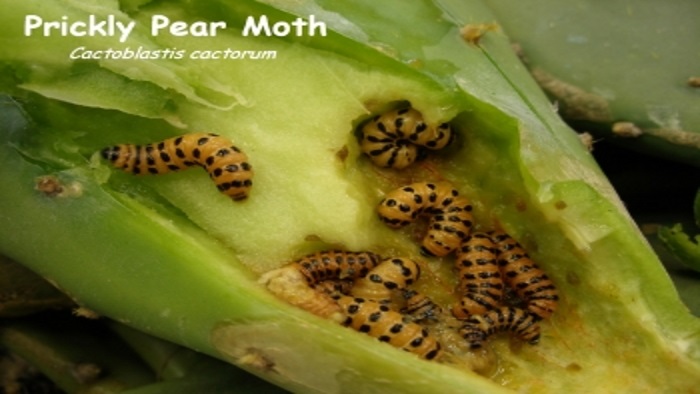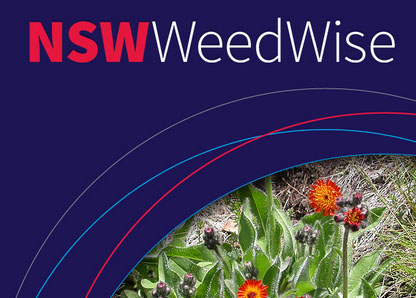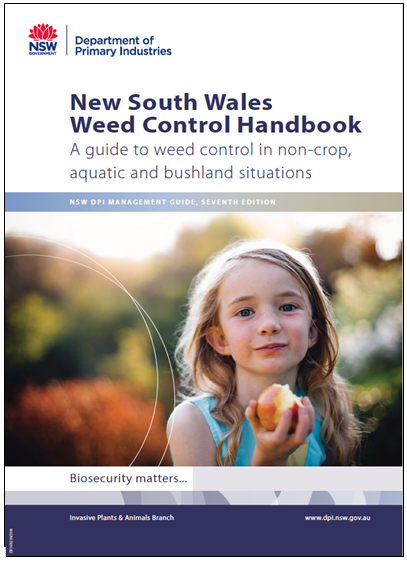
Plants that have become weeds in Australia are rarely invasive and troublesome in their native environment.
This is because native plant populations are naturally regulated by a variety of natural enemies such as insects and pathogens (disease-causing organisms like fungi and bacteria) that attack the seeds, leaves, stems and roots of a plant.
What is biological control?
The biological control approach makes use of the invasive plant's naturally occurring enemies, to help reduce its impact. It aims to reunite weeds with their natural enemies and achieve sustainable weed control. These natural enemies of weeds are often referred to as biological control agents.
It is critical that the biological control agents introduced into Australia do not become pests themselves. Considerable testing is done prior to the release of biological control agents to ensure they will not pose a threat to non-target species such as native and agricultural plants.
Although in the long term, biological control can be cost effective and can reduce the need for less desirable management practices, not all weeds are suitable for biological control and not all biological control is suitable or effective in some areas. Developing a biological control project requires a substantial investment, sometimes costing millions of dollars over many years.


